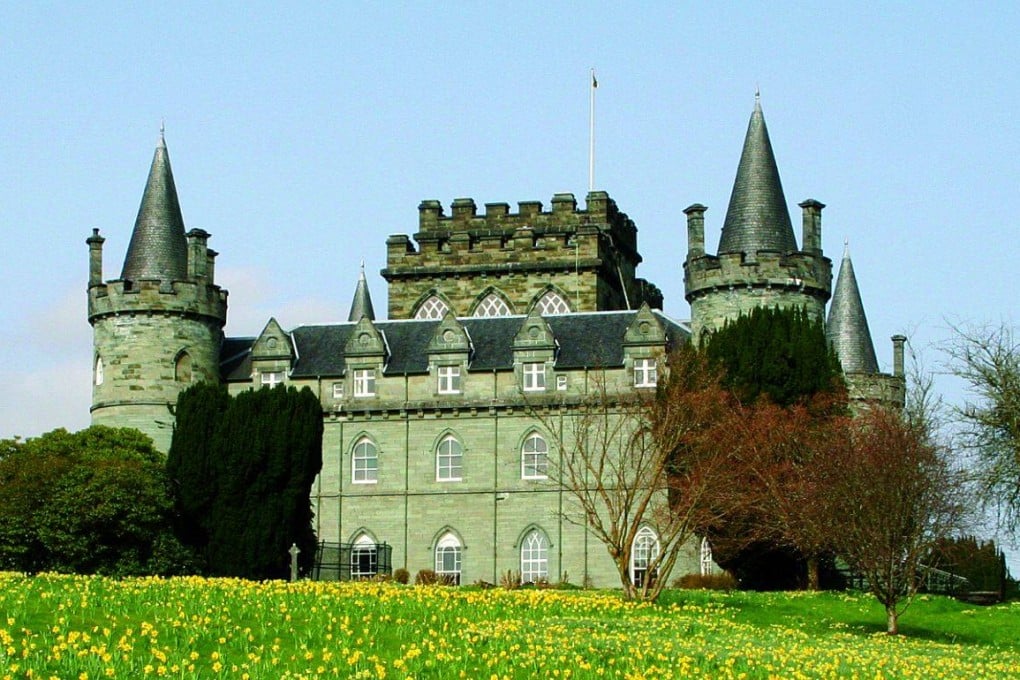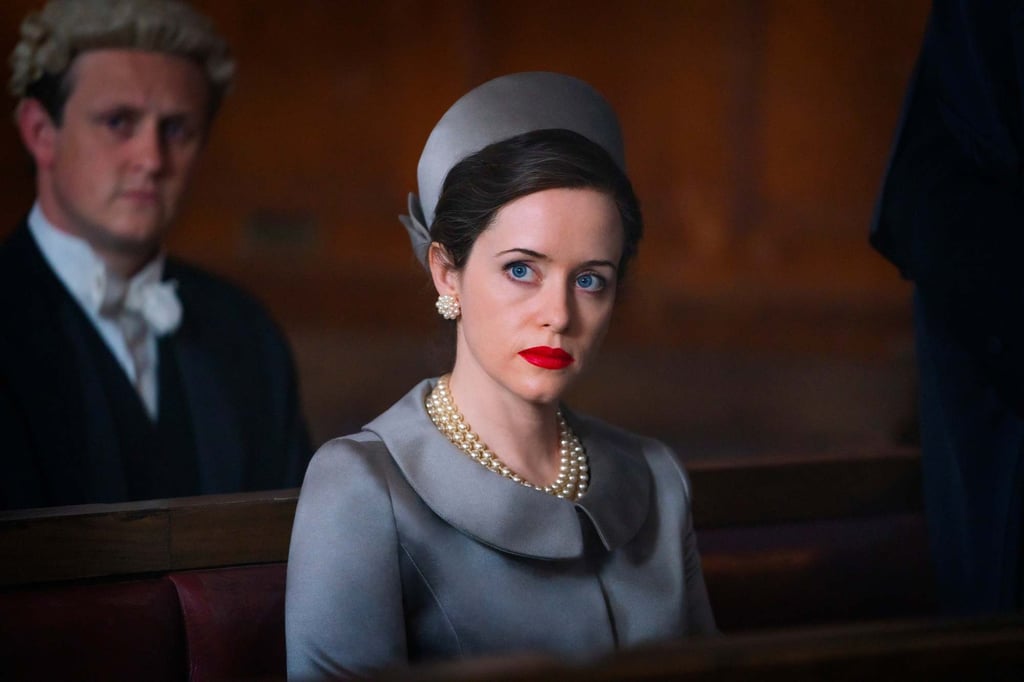A Very British Scandal: inside the castle of the ‘dirty duchess’ in Scotland, Inveraray Castle, also of Downton Abbey fame
- The Duchess of Argyll spent a fortune restoring Inveraray Castle in western Scotland, now full of secret doors, ancient weapons and priceless artwork
- Currently closed to the public, the castle and its grounds will reopen from March 28 to October 31, with private tours available

It was love at first sight when glamorous Margaret Sweeny, the future Duchess of Argyll, set eyes on Inveraray Castle, in western Scotland. This was understandable, despite the castle’s neglected state, given the romantic-looking conical roofed turrets and glorious position in vast parkland edging Loch Fyne.
Rich and spoilt Margaret, debutante of the year in 1930 and the “Mrs Sweeny” namechecked in the Cole Porter song You’re the Top (1934), is said to have become enamoured with restoring the castle inherited by her married lover, Ian Campbell, the 11th Duke of Argyll.
And that’s what Margaret gave it, investing a small fortune in restoring the building, money from her self-made millionaire father George Whigham.

There was not to be a happy ending for the couple, who married in 1951 (his third, her second), however, with eyebrow-raising behaviour from both the duke and duchess, the television drama reveals.